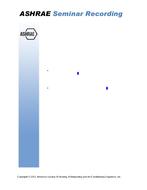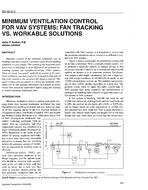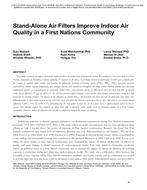Click here to purchase
Increasing awareness of energy waste and destructive environmental effects of buildings has led to particular tendencies toward improving buildings details and performance in order to save energy resources and protect the environment. The daylightophil envelope protects the building from sunlight by preventing the solar radiation entrancement, then causes decreasing building loads in the operational phase. At the essence, this paper focuses on building Operational Energy (OE) and Embodied Energy (EE), when external shading systems are applied as an energy efficient element in the building. To evaluate external shading system role inbuilding thermal needs and environmental impact, Life Cycle Energy Assessment (LCEA) method is employed. LCEA is influenced by OE and EE. EE is total energy consumed in the life cycle stages of building, whereas operational energy is the energy required to operate the building in the process such as space conditioning, lighting and operating other building appliances. LCEA notion not only illustrates the usefulness of the building’s life cycle but also facilitates decision-making on the energy efficiency of the system to benefit the moptimization. The comparison baseline for simulation is the shading sytems effect on the consumued energy by building in Tehran. The results prove that building in thetarget climate with an external shading meets the lower OE over the building life cycle about 4%, and accordingly lower-polluting because of the lower consumed energy; especially cooling loads comparison with the absence of shading system, but the shading material causes some environmental impact too.
Citation: ASHRAE/IBPSA-USA Bldg Simulation Conf, Sept 2018
Product Details
- Published:
- 2018
- Number of Pages:
- 8
- Units of Measure:
- Dual
- File Size:
- 1 file , 1.1 MB
- Product Code(s):
- D-BSC18-C068


